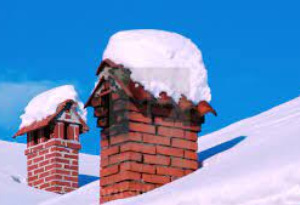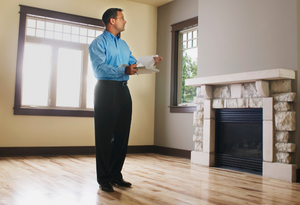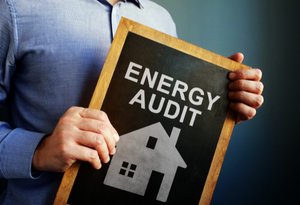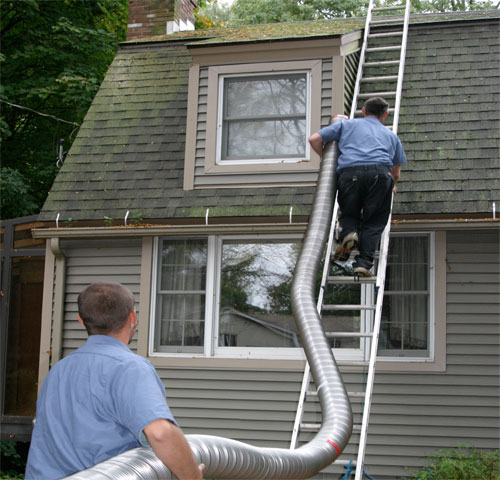Winter Weather, Winds, and Chimneys
Be Prepared and Be Safe
Winter! We are in the thick of it. Our cold New England winters affect us in many ways personally, and this includes our chimneys and basements. The harsh weather can cause many problems that you want to know and understand, i.e., animals, backdrafts, downdrafts, leaks, and damage. Let’s look at some of the issues to identify them and learn how to solve or prevent them.
Animal Control
When it’s cold outside, we like to stay inside. So do critters like mice, squirrels and raccoons. They have nowhere to go to put the heat on, so; they go for the following best choices: your chimney or your basement!
Many kinds of small animals, including certain birds, like to hang out in chimneys during the winter – and they build nests in their new homes to birth their offspring later. Nesting material, along with any animals who unfortunately have died inside the chimney, will impede smoke from drafting properly from your fireplace, or worse yet, lead to fires. Any cracks or holes in the basement are perfect invitations for animals and rodents.
Wind Induced Downdrafts
This is when a gust of wind creates a puff-back when having a fire. This is different from a standard downdraft because it only happens when the wind blows. Solutions include raising the flue and/or installing a chimney cap (vacu-stack). A camera inspection is recommended to diagnose what is going on.
Backdrafts
Smoke backing up into your home is no fun. Less fun is what the smoke carries: toxins and pollutants that can cause respiratory irritation and exacerbate chronic lung or heart conditions. During the winter, your chimney flue absorbs the outside temperature, adding a block of cold, heavy air that impedes the lighter, warmer air (i.e., smoke) from moving up and out of the Chimney.
Suppose this is the only reason you’re experiencing backdrafts. In that case, the solution often is as simple as holding some kindling or a lit rolled-up newspaper past the damper for a few minutes to warm the flue before starting and enjoying your fire.
A couple of things you can do: have your Chimney professionally inspected and swept as part of your annual home maintenance.
 Chimney Leaks
Chimney Leaks
A leaky chimney is nothing to take lightly or overlook. If there’s a leak, that means some area of the structure has been compromised and will continue to get worse.
Masonry damage during the winter is the cause of many chimney leaks. Small cracks in bricks and mortar allow water from rain or melting snow to get inside. When the temperature drops below freezing, the moisture expands, thaws, and creates internal decay.
This is a huge reason to be sure to get your Chimney inspected regularly. Once the area of damage is located, it can be fixed either through brick replacement, tuckpointing (replacement of crumbling mortar), partial chimney rebuilding, or, in minor cases, a water-sealant application.
Damage to chimney components
Chimney flashing, concrete chimney crowns, and chimney caps can all be damaged during our brutal winters and during other times of the year. Weather such as high winds, freezing temperatures, pounding hail, lightning strikes, and other events are common causes of chimney damage.
When any component of your chimney isn’t working correctly and safely, more extensive problems are likely to occur down the line. Therefore, it’s always recommended that you schedule an annual chimney inspection, preferably not during the dead of winter, to diagnose small problems and get them solved before they become big, expensive, and dangerous.
Inspections along with regular chimney sweeping and required repair work will allow you to use your Chimney and fireplace safely and with peace of mind during the cold winter days and nights.
Best Chimney provides everything you need to keep your chimney going strong all winter long. Call us for certified chimney sweep services, inspections, repairs, rebuilding, basement evaluations and more!
The post Winter Weather, Winds, and Chimneys appeared first on Boston's Best Chimney.

 Abnormal debris buildup. It’s normal for small amounts of debris to build up in your fireplace when you use it regularly. Normal buildup can be removed during your annual inspection. However, if you notice more debris than normal, you should call a professional to have it removed.
Abnormal debris buildup. It’s normal for small amounts of debris to build up in your fireplace when you use it regularly. Normal buildup can be removed during your annual inspection. However, if you notice more debris than normal, you should call a professional to have it removed.
 Home Inspections and Chimneys
Home Inspections and Chimneys Call Boston’s Best for a Chimney Inspection
Call Boston’s Best for a Chimney Inspection





